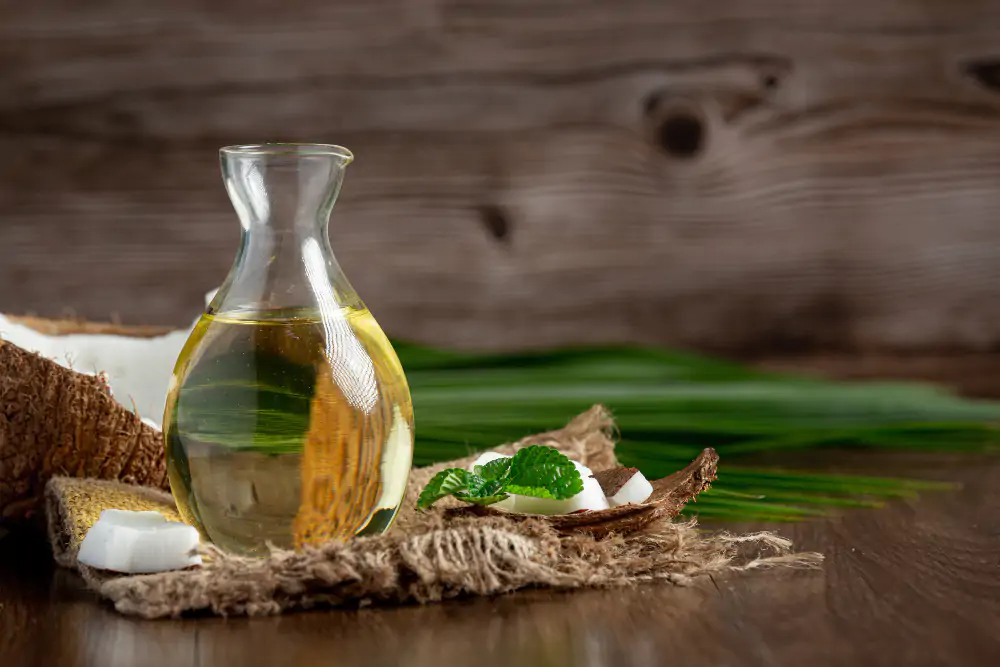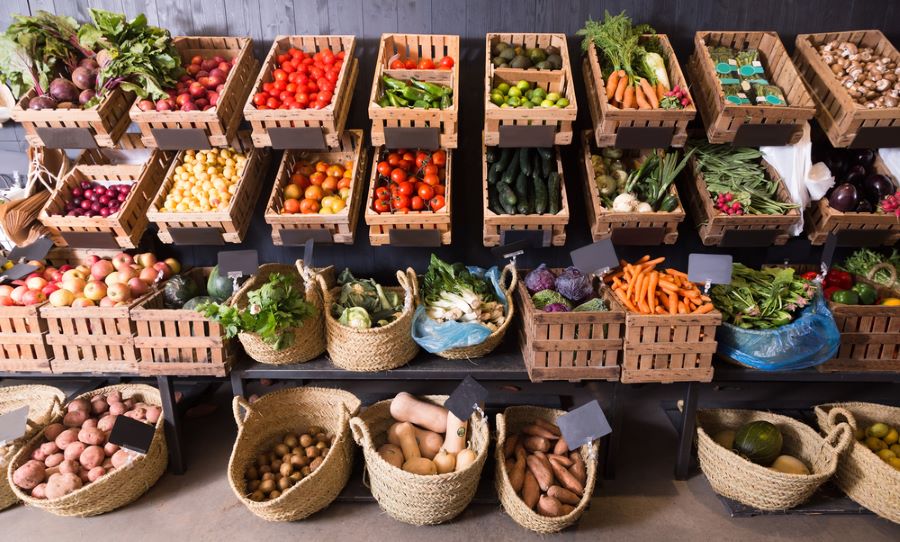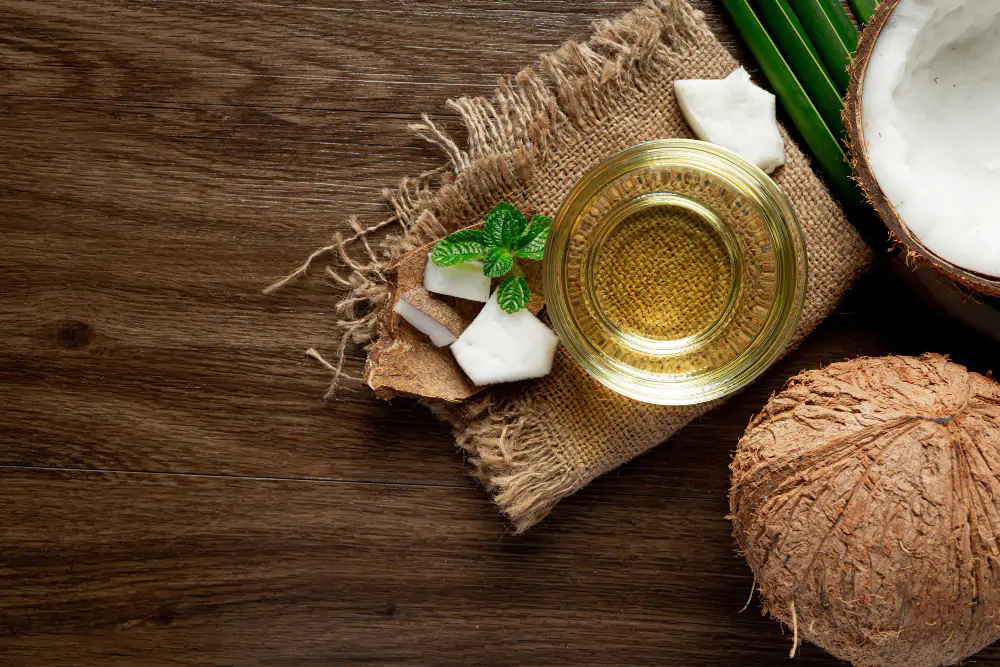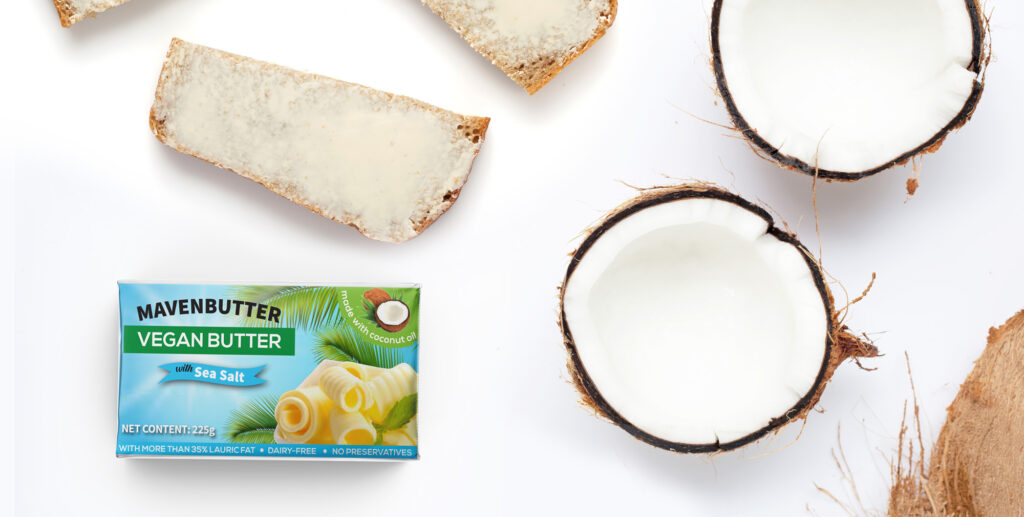
When it comes to sourcing coconut oil for food production, the purity of the product is critical. But beyond just looking for non-GMO or organic labels, there’s a more technical aspect of purity that often goes overlooked: the presence of contaminants like MOSH (Mineral Oil Saturated Hydrocarbons) and MOAH (Mineral Oil Aromatic Hydrocarbons). But what is MOSH or MOAH?
Understanding these elements is essential for ensuring the safety and quality of the coconut oil you use in your food service operations. In this article, we’ll define what these terms mean and learn why maintaining low levels of MOSH/MOAH in coconut oils is important in food production.
What is MOSH/MOAH?
MOSH and MOAH are chemical substances and are the main components of mineral oils. These oils are products derived from petroleum and widely used in the industrial sector for lubrication and other functions. In food products, MOSH and MOAH can enter through various channels, including manufacturing equipment, packaging, and even during the handling process.
MOSH (Mineral Oil Saturated Hydrocarbons)
MOSH compounds are less complex and generally considered less harmful than MOAH. However, they have a propensity to accumulate in the human body, specifically in fatty tissues and organs. Over time, this accumulation could pose health risks, making it crucial for food producers to monitor and control these levels strictly.
MOAH (Mineral Oil Aromatic Hydrocarbons)
MOAH compounds are more complex and have raised concerns due to their potential carcinogenic properties. Even in small amounts, MOAH can be hazardous, and its presence in food products is taken very seriously by health regulators and food safety organizations worldwide

Where Can MOSH and MOAH Be Found?
Now that we know the meaning of MOSH and MOAH, let’s identify their sources.
These contaminants can be introduced into coconut oil during various stages of its production—from the harvesting of coconuts to the processing and packaging of the oil. Common sources include:
- Mechanical Lubricants: Used in the machinery that processes coconut oil.
- Packaging Materials: Inks, adhesives, and recycled materials that come into contact with the oil.
- Storage Containers: Contamination can occur if coconut oil is stored in improperly cleaned or treated containers.
What Is the Limit for MOSH and MOAH?
Although there are no global regulation levels for MOSH and MOAH, some European entities have offered the following guidelines. There are also discussions within the EU about coming up with new a regulatory limit for MOAH late this year or early next year.
European Monitoring
- 2017 European Commission Recommendation: The European Commission issued recommendation EU 2017/84 focusing on the monitoring of Mineral Oil Hydrocarbons (MOH) in food and Food Contact Materials (FCM) during 2017 and 2018. FCM includes all materials intended to contact food, such as packaging and containers made from plastics, paper, rubber, and metal.
- Monitoring Scope: Member States, along with manufacturers, processors, and distributors of FCM, were instructed to monitor MOH presence in various food types, including animal fats, bread, biscuits, cakes, breakfast cereals, chocolates, cocoa, fish products, desserts, oilseeds, and pasta.
Belgium Guidelines by EFSA
- The European Food Safety Authority (EFSA) has established MOSH limits for a range of food products, as follows:
- Milk and Dairy: 5 mg MOSH/kg
- Cereals: 15 mg MOSH/kg
- Vegetable Products, Snacks, and Desserts: 20 mg MOSH/kg
- Animal Products, Sugar, and Confectionery: 30 mg MOSH/kg
These measures reflect efforts to manage and minimize health risks associated with mineral oil contaminants in the food supply chain.

Are MOSH and MOAH in Coconut Oil Dangerous?
MOSH and MOAH will always be present at high levels in coconut oil.
However, by definition, MOSH is not considered as dangerous as MOAH, but the potential health risks associated with prolonged exposure to these substances make them a significant concern for food safety. MOAH’s carcinogenic potential makes it particularly troublesome, and regulatory bodies are keen on setting stringent limits on its presence in food products.
To ensure consumer safety, rigorous testing for MOSH and MOAH is conducted on coconut oil intended for food use. This testing helps manufacturers adhere to safety standards and regulations while ensuring their products are safe for consumption.
As a reputable ingredient supplier, we ensure our coconut oil contains the lowest MOSH and MOAH. We are committed to maintaining low levels of MOSH and MOAH—20 ppm (parts per million) MOSH and 2 ppm MOAH. These figures are top-grade in the food industry, but we are not stopping there. We are also taking proactive steps to prevent MOSH / MOAH contamination in our coconut oil supply chain by identifying the stages where we can control and mitigate possible contaminations—in receiving copra; in oil milling; in coconut oil delivery; and even in delivery truck maintenance. We also ensure that best practices are implemented in each stage. This relentless dedication to quality and safety ensures our customers receive only the finest coconut oil.
Let Oleo-Fats Help You With Your Coconut Oil Needs
The presence of MOSH and MOAH in coconut oil is a significant concern for businesses like restaurants, hotels, and manufacturers focused on safety and quality. That’s why learning the meaning of MOSH/MOAH is more important than ever. And, as the industry moves towards more rigorous safety standards, understanding and controlling the levels of these contaminants becomes crucial.
Oleo-Fats Inc. is dedicated to providing coconut oil with the lowest possible levels of MOSH and MOAH, ensuring compliance with global safety standards while supporting the health and satisfaction of consumers. We aim to lead the market in safety and innovation by prioritizing stringent testing and proactive contamination prevention.
Contact us today for more information on our practices and how we can help your business.


